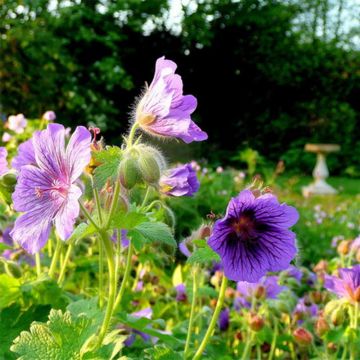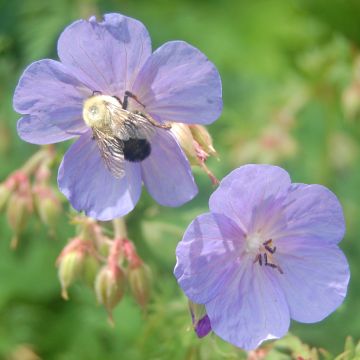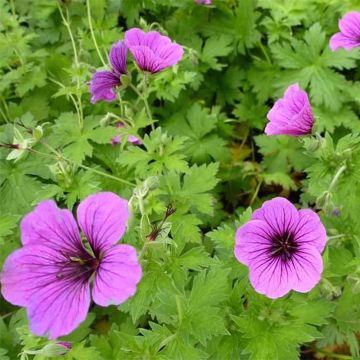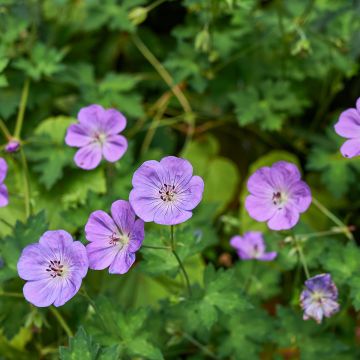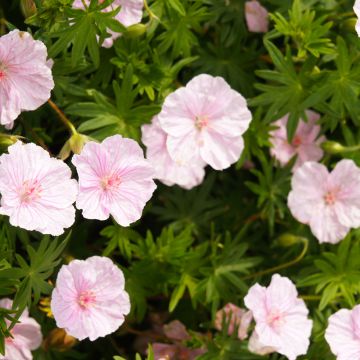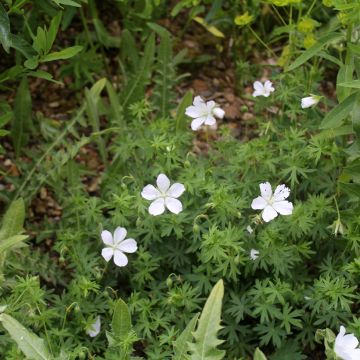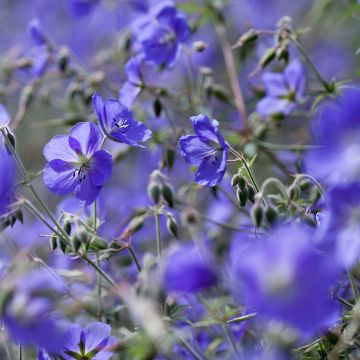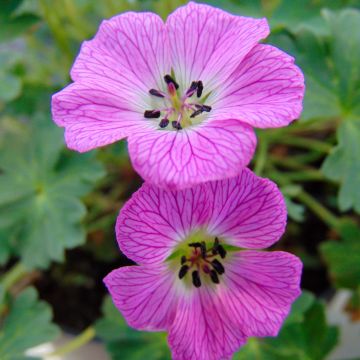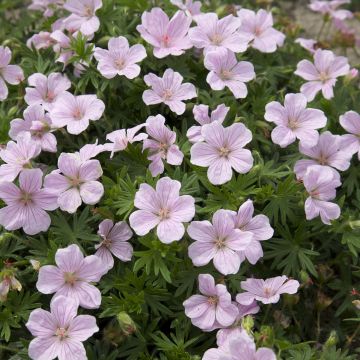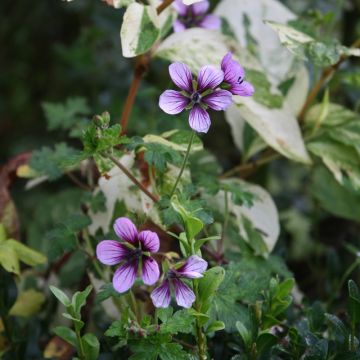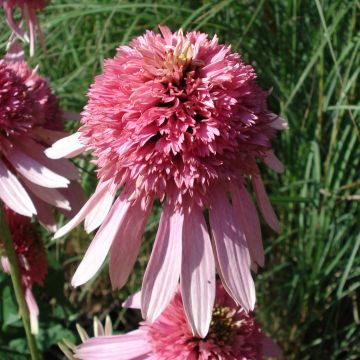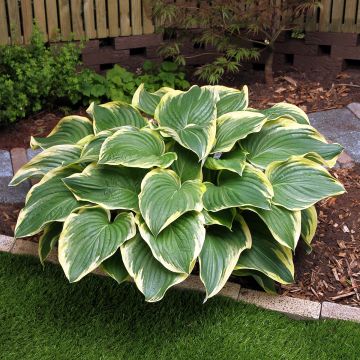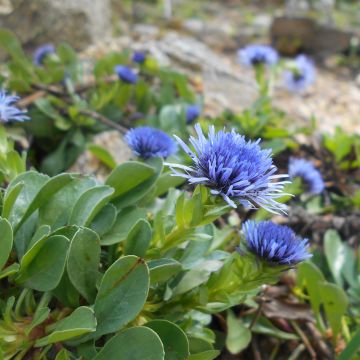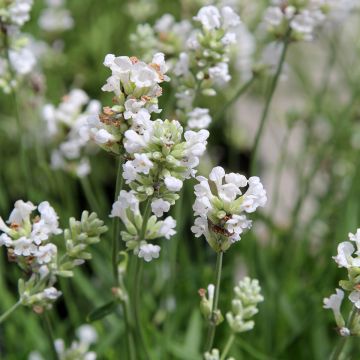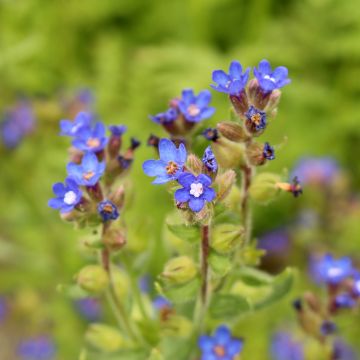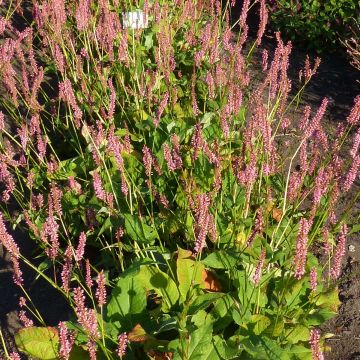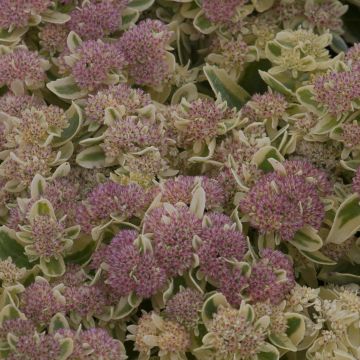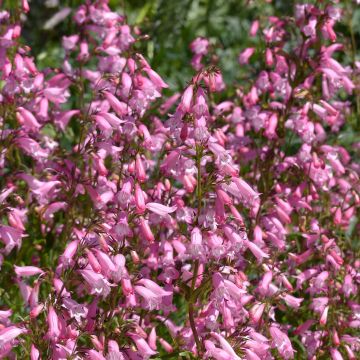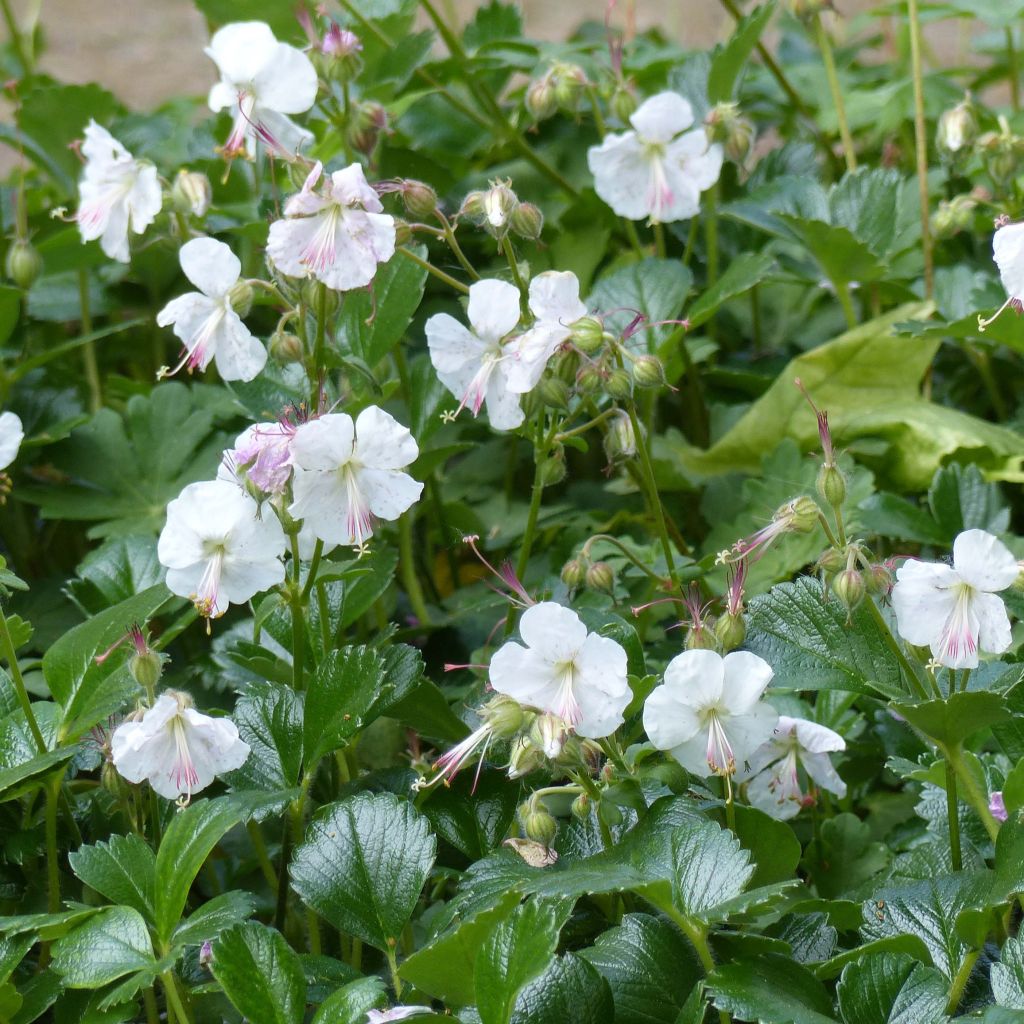

Geranium cantabrigiense St Ola
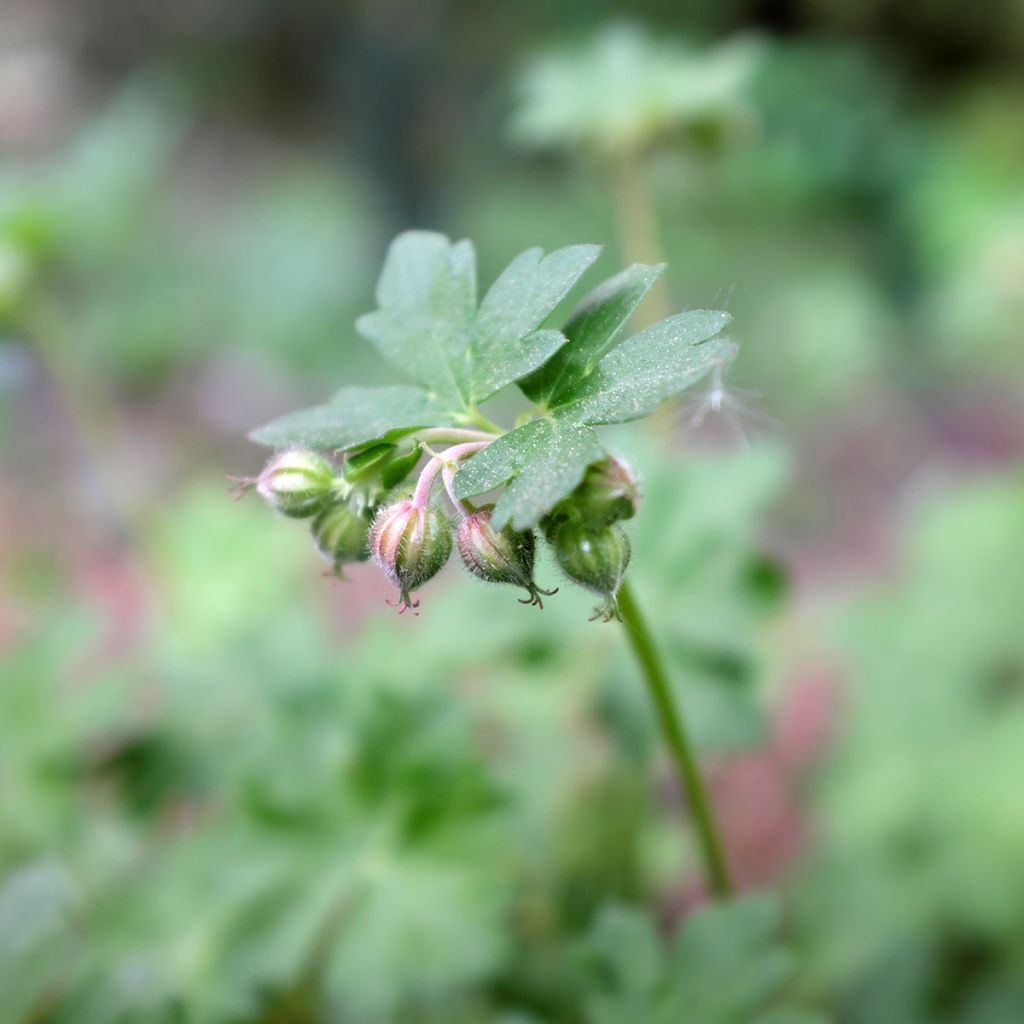

Geranium cantabrigiense St Ola
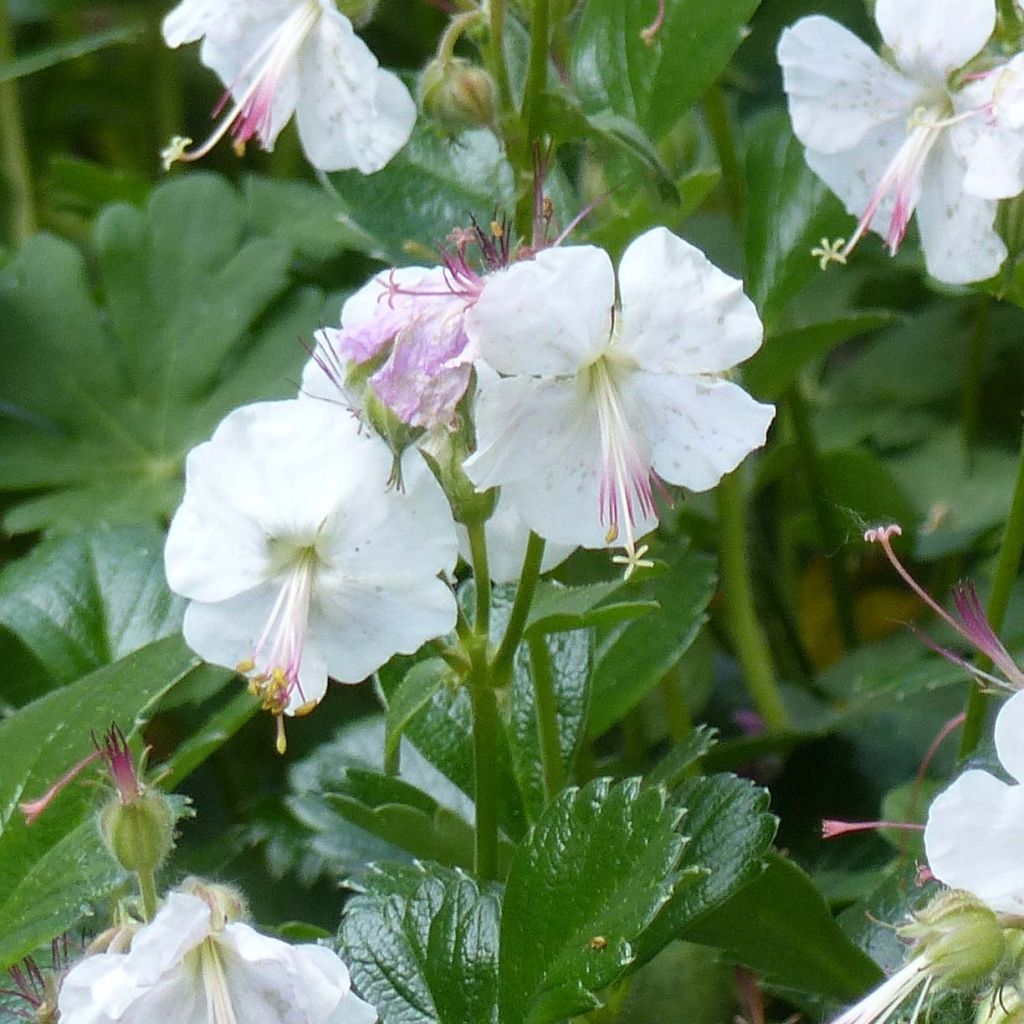

Geranium cantabrigiense St Ola
Geranium cantabrigiense St Ola
Geranium x cantabrigiense St Ola
Cambridge Cranesbill, Hardy Geranium
This item cannot be shipped to the selected country
Delivery charge from €5.90
Delivery charge from €5.90
Delivery charge from €5.90
More information
Delivery charge from €5.90
Delivery charge from €5.90
Delivery charge from €5.90
More information
Schedule delivery date,
and select date in basket
This plant carries a 12 months recovery warranty
More information
We guarantee the quality of our plants for a full growing cycle, and will replace at our expense any plant that fails to recover under normal climatic and planting conditions.
From €5.90 for pickup delivery and €6.90 for home delivery
Express home delivery from €8.90.
From €5.90 for pickup delivery and €6.90 for home delivery
Express home delivery from €8.90.
From €5.90 for pickup delivery and €6.90 for home delivery
Express home delivery from €8.90.

Does this plant fit my garden?
Set up your Plantfit profile →
Description
Geranium x cantabrigiense 'St Ola' is an excellent perennial ground cover, distinguished by its beautiful spring flowering with numerous pink buds opening into pure white flowers of a good size, which stand out well against its rich olive-green foliage. It spreads slowly and forms a very attractive carpet, composed of aromatic leaves that take on a beautiful colour in autumn. Ideal for natural gardens, it is not afraid of competition from the roots of trees and bushes, nor the severe winter cold, and tolerates summer heat.
Geranium x cantabrigiense 'St Ola', obtained in the 1990s in the Scottish archipelago of Orkney, belongs to the Geraniaceae family. It is a horticultural cultivar of the natural hybrid Geranium x cantabrigiense, derived from the Balkan coast Geranium dalmaticum and the southern Geranium macrorrhizum, which is hardened by dry summers. This hardy herbaceous perennial forms a carpet 15 to 25 cm (6 to 10in) high, and spreads laterally thanks to its stolons to a width of 50 to 80 cm (20 to 32in). Its growth is quite slow. It produces countless flowers in open cups, 2.5 cm (1in) in diameter, of pure white colour, dotted with pink stamens, from late spring, May-June, to July depending on the climate. The aromatic leaves, round and palmate, divided into lobes, generally persist during normal European winters. They are fairly dark, but brighter green in season, then take on reddish tones in autumn and winter.
This perennial geranium adapts to almost all exposures, but dislikes scorching sun, especially in hot climates. It is a ground cover plant for light woodlands or margins that works wonders under deciduous bushes and at the base of hedges, on the not too shaded side. Easy to grow once established, it requires little maintenance. The Geranium x cantabrigiense 'St Ola' will quickly add a colourful touch to perennial beds and elegantly highlight the curve of a pathway. It will be welcome at the base of your precious plants, which it will not suffocate but will enhance with its fuzzy foliage. It will also find its place on balconies, terraces, in planters, borders, rockeries, and in flowerbeds where it will prove to be a faithful companion to columbines, Lamium, Epimedium, foxgloves, and bellflowers.
Geranium cantabrigiense St Ola in pictures
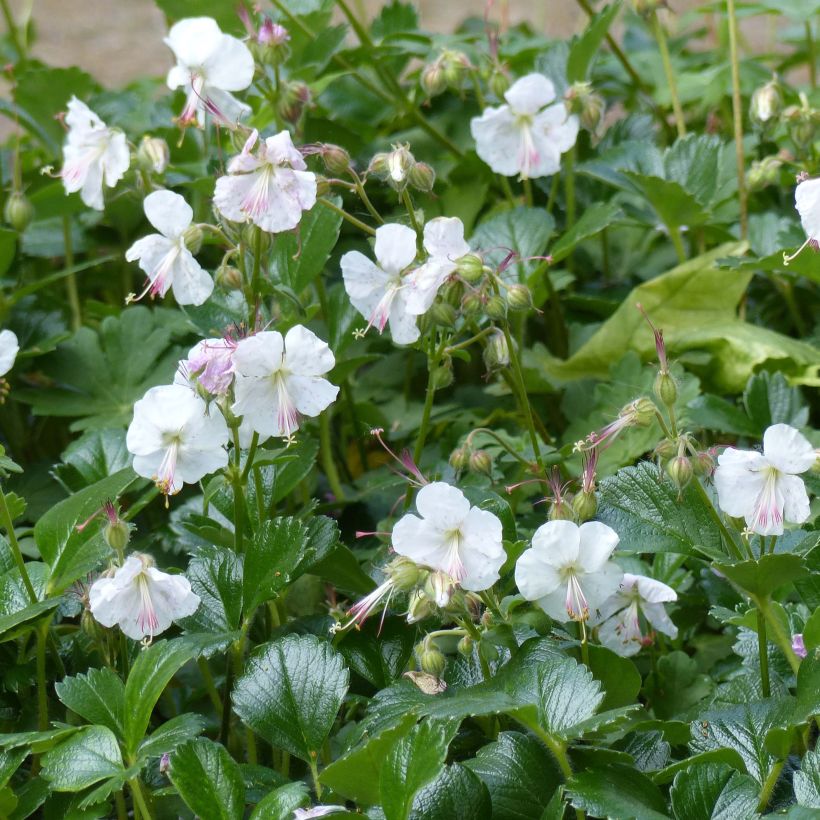

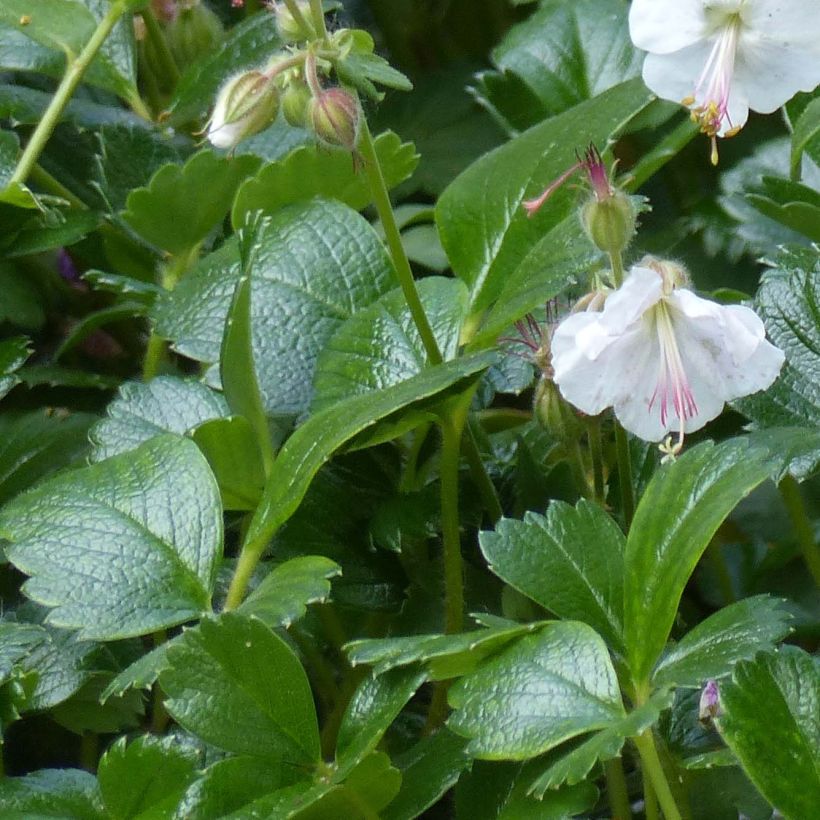

Flowering
Foliage
Plant habit
Botanical data
Geranium
x cantabrigiense
St Ola
Geraniaceae
Cambridge Cranesbill, Hardy Geranium
Cultivar or hybrid
Other Hardy Geranium - Cranesbill
Planting and care
Install Geranium cantabrigiense St Ola in a hole 20 cm (8in) deep and wide by crumbling the soil well and adding a base amendment such as dried blood or crushed horn. Position your plant, removed from its pot, by covering the top of the root ball with 3 cm (1in) of soil. Fill in and water generously to remove air pockets. If planted in dry weather, it is necessary to water regularly for a few weeks to facilitate root growth.
Planting period
Intended location
Care
Summer flowering perennials
Haven't found what you were looking for?
Hardiness is the lowest winter temperature a plant can endure without suffering serious damage or even dying. However, hardiness is affected by location (a sheltered area, such as a patio), protection (winter cover) and soil type (hardiness is improved by well-drained soil).

Photo Sharing Terms & Conditions
In order to encourage gardeners to interact and share their experiences, Promesse de fleurs offers various media enabling content to be uploaded onto its Site - in particular via the ‘Photo sharing’ module.
The User agrees to refrain from:
- Posting any content that is illegal, prejudicial, insulting, racist, inciteful to hatred, revisionist, contrary to public decency, that infringes on privacy or on the privacy rights of third parties, in particular the publicity rights of persons and goods, intellectual property rights, or the right to privacy.
- Submitting content on behalf of a third party;
- Impersonate the identity of a third party and/or publish any personal information about a third party;
In general, the User undertakes to refrain from any unethical behaviour.
All Content (in particular text, comments, files, images, photos, videos, creative works, etc.), which may be subject to property or intellectual property rights, image or other private rights, shall remain the property of the User, subject to the limited rights granted by the terms of the licence granted by Promesse de fleurs as stated below. Users are at liberty to publish or not to publish such Content on the Site, notably via the ‘Photo Sharing’ facility, and accept that this Content shall be made public and freely accessible, notably on the Internet.
Users further acknowledge, undertake to have ,and guarantee that they hold all necessary rights and permissions to publish such material on the Site, in particular with regard to the legislation in force pertaining to any privacy, property, intellectual property, image, or contractual rights, or rights of any other nature. By publishing such Content on the Site, Users acknowledge accepting full liability as publishers of the Content within the meaning of the law, and grant Promesse de fleurs, free of charge, an inclusive, worldwide licence for the said Content for the entire duration of its publication, including all reproduction, representation, up/downloading, displaying, performing, transmission, and storage rights.
Users also grant permission for their name to be linked to the Content and accept that this link may not always be made available.
By engaging in posting material, Users consent to their Content becoming automatically accessible on the Internet, in particular on other sites and/or blogs and/or web pages of the Promesse de fleurs site, including in particular social pages and the Promesse de fleurs catalogue.
Users may secure the removal of entrusted content free of charge by issuing a simple request via our contact form.

































